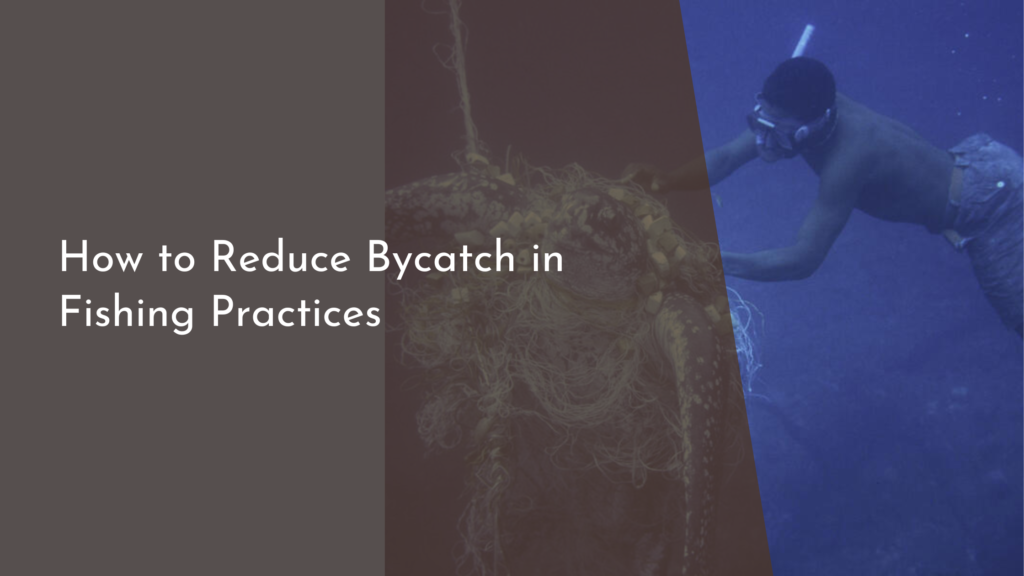Floating Brackish Wetlands for Estuarine Recovery
Estuaries, where freshwater from rivers meets the saltwater of the ocean, are among the most productive ecosystems on the planet. However, these vital areas are increasingly threatened by pollution, climate change, and habitat loss. One innovative solution gaining traction in environmental restoration efforts is the use of floating brackish wetlands. These unique ecosystems not only provide a habitat for various species but also play a crucial role in enhancing the health of estuarine environments. In this article, we’ll explore the magic of floating brackish wetlands, their impact on estuarine ecosystems, their benefits for biodiversity, and how we can all join the movement to protect these essential habitats.
Discovering the Magic of Floating Brackish Wetlands
Floating brackish wetlands are innovative ecosystems designed to mimic the natural wetlands found in estuarine environments. These wetlands consist of a buoyant platform that supports a diverse array of vegetation, allowing them to float on the water’s surface. The plants are specially selected to thrive in brackish conditions, where freshwater and saltwater mix. This unique adaptability makes floating wetlands an ideal solution for restoring degraded estuarine areas, providing a safe haven for wildlife while improving water quality.
The design of floating brackish wetlands allows them to be deployed in various locations, from urban waterfronts to rural estuaries. As they float, these wetlands can absorb excess nutrients and pollutants from the water, acting as a natural filter. This process not only helps to purify the water but also creates a lush habitat that attracts a myriad of species, fostering biodiversity and enhancing the overall health of the ecosystem. The magic of floating brackish wetlands lies in their ability to combine beauty, functionality, and ecological restoration in one innovative package.
How Floating Wetlands Boost Estuarine Ecosystems
Floating brackish wetlands play a significant role in boosting the health of estuarine ecosystems. By providing a stable substrate for plant growth, they create a habitat that supports various aquatic organisms, including fish, invertebrates, and birds. The vegetation in these wetlands offers shelter and breeding grounds, allowing species to thrive in an otherwise challenging environment. As a result, floating wetlands contribute to increased fish populations and healthier aquatic communities, which are essential for the overall balance of estuarine ecosystems.
Furthermore, these wetlands enhance the physical and chemical properties of the water. The plants in floating brackish wetlands absorb excess nutrients, such as nitrogen and phosphorus, which can lead to harmful algal blooms when present in high concentrations. By reducing nutrient levels, floating wetlands help maintain water quality and clarity, creating a more hospitable environment for aquatic life. This natural filtration process not only benefits wildlife but also improves the recreational and aesthetic value of estuarine areas, making them more enjoyable for communities and visitors alike.
The Benefits of Brackish Wetlands for Biodiversity
Brackish wetlands are biodiversity hotspots, supporting a wide range of plant and animal species that are uniquely adapted to the fluctuating salinity levels of estuarine environments. The diversity of plant life found in floating brackish wetlands provides food and habitat for various organisms, including fish, amphibians, and migratory birds. This rich tapestry of life contributes to the ecological resilience of estuarine systems, allowing them to withstand environmental changes and disturbances.
Moreover, floating brackish wetlands serve as critical stopover points for migratory birds, offering a safe resting place during their long journeys. The variety of habitats created by these wetlands—ranging from dense vegetation to open water—encourages a diverse array of wildlife to thrive. By enhancing biodiversity, floating brackish wetlands not only support the survival of individual species but also contribute to the overall health and stability of estuarine ecosystems, ensuring they continue to provide vital services for generations to come.
Join the Movement: Protecting Our Estuaries Together!
As stewards of our environment, we all have a role to play in protecting our precious estuaries. One of the most effective ways to contribute is by supporting initiatives that promote the creation and maintenance of floating brackish wetlands. Community engagement is essential, and local organizations often host volunteer opportunities for planting and maintaining these wetlands. By getting involved, you can help restore these vital ecosystems and promote biodiversity in your area.
Additionally, raising awareness about the importance of estuarine habitats and floating wetlands can inspire others to take action. Share information with friends, family, and your community, and encourage them to participate in local conservation efforts. Together, we can create a movement that not only protects our estuaries but also enhances the beauty and health of our coastal environments. Every small effort counts, and together, we can make a significant impact on the future of our estuaries.
Floating brackish wetlands are a beacon of hope for the recovery and restoration of estuarine ecosystems. By harnessing the power of nature, these innovative habitats can significantly improve water quality, support biodiversity, and create vibrant spaces for wildlife and people alike. As we work together to protect and restore our estuaries, let us embrace the magic of floating wetlands and commit to safeguarding these essential ecosystems for future generations. With our collective efforts, we can ensure that our estuaries remain thriving, resilient, and full of life!

